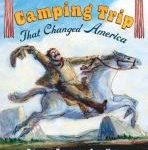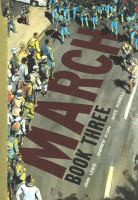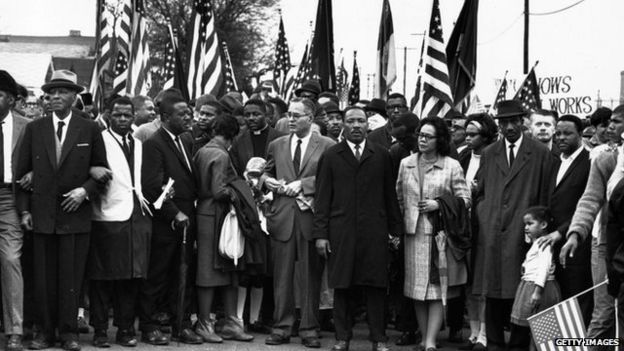Charley Harper
You should always be doing something that satisfies you, what makes you feel good inside. ― Charley Harper from Charley Harper: An Illustrated Life
 Michelle Houts introduces intermediate and middle school readers to Harper in Count the Wings: The Life and Art of Charley Harper (Ohio University Press). The author was given total access to Charley’s childhood photographs, letters, grade cards, art school documents, wedding pictures, awards, and commendations by his son, Brett
Michelle Houts introduces intermediate and middle school readers to Harper in Count the Wings: The Life and Art of Charley Harper (Ohio University Press). The author was given total access to Charley’s childhood photographs, letters, grade cards, art school documents, wedding pictures, awards, and commendations by his son, Brett
Houts narrates the life story of this West Virginia farm boy who never had a formal art class until after high school. When he was young, Charley enjoyed sketching and observing nature. The author learned an anecdote about his schooling:
He was a good student, but he quickly figured out that he could get even better grades in both English and history if he added a few illustrations to his homework papers. Charley liked to tell the story of how he once saved his history grade by drawing all the presidents. (Houts, p.9)
After a short attendance at West Virginia Wesleyan College, Charley took a life-changing risk and moved to enroll in the Art Academy of Cincinnati. Not only did this educational experience open up the world of art to him, but he also met Edith McKee who became his wife. As artists, they challenged and supported each other.
When Charley joined the army during WWII, his commanders recognized his ability to draw. He joined an intelligence and reconnaissance platoon. As a scout, he was responsible for drawing “quick, accurate sketches of the area.” He also drew and painted scenes that depicted the people and areas through which he traveled. When he returned to the U.S., Harper took advantage of the GI Bill, and he enrolled at the Art Students League in New York City. Because of all of these life experiences, Charley had found his style, and he went on to build his outstanding body of work.
When Charley Harper drew a bird, he reduced the bird down into shapes of circles and triangles. His style is now recognized as “minimal realism.” In describing his style, Harper said, “When I look at a wildlife or nature subject, I don’t see the feathers in the wings, I just count the wings. I see exciting shapes, color combinations, patterns, textures, fascinating behavior and endless possibilities for making interesting pictures.”
Michelle Houts biography is a fine companion to some of our art books on this talented artist.





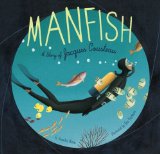
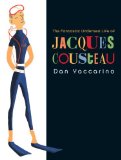
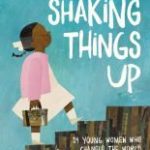




 In 1915, the Grand Army of the Republic’s 49th National Encampment took place to commemorate the 50th anniversary of the end of the Civil War. The GAR was an organization of veterans who had served in the Union’s armed forces during the “War Between the States.” There were more than 20,000 veterans who marched in the parade down Pennsylvania Avenue. During that 1915 encampment, Ferdinand D. Lee embraced the idea to recognize the approximately 200,000 black men and boys who had fought for the Union army with a monument. This National Memorial Association (NMA), began lobbying Congress for this recognition. Enthusiasm for the project fluctuated, but in 1929, the NMA received Congressional support as well as the promise of public funds if the group raised $500,000. With the advent of the Great Depression and the death of Lee, the NMA was one of the commissions that was eliminated by Franklin Delano Roosevelt. (Photo from the Library of Congress)
In 1915, the Grand Army of the Republic’s 49th National Encampment took place to commemorate the 50th anniversary of the end of the Civil War. The GAR was an organization of veterans who had served in the Union’s armed forces during the “War Between the States.” There were more than 20,000 veterans who marched in the parade down Pennsylvania Avenue. During that 1915 encampment, Ferdinand D. Lee embraced the idea to recognize the approximately 200,000 black men and boys who had fought for the Union army with a monument. This National Memorial Association (NMA), began lobbying Congress for this recognition. Enthusiasm for the project fluctuated, but in 1929, the NMA received Congressional support as well as the promise of public funds if the group raised $500,000. With the advent of the Great Depression and the death of Lee, the NMA was one of the commissions that was eliminated by Franklin Delano Roosevelt. (Photo from the Library of Congress) Lonnie G. Bunch III became the founding director of the NMAAHC before the plans were even drawn for the construction. His vision and skills brought to fruition, not only the building of the museum, but also the collecting of the items that would tell the important story of black history and culture. (Photo from Non-Profit)
Lonnie G. Bunch III became the founding director of the NMAAHC before the plans were even drawn for the construction. His vision and skills brought to fruition, not only the building of the museum, but also the collecting of the items that would tell the important story of black history and culture. (Photo from Non-Profit)



